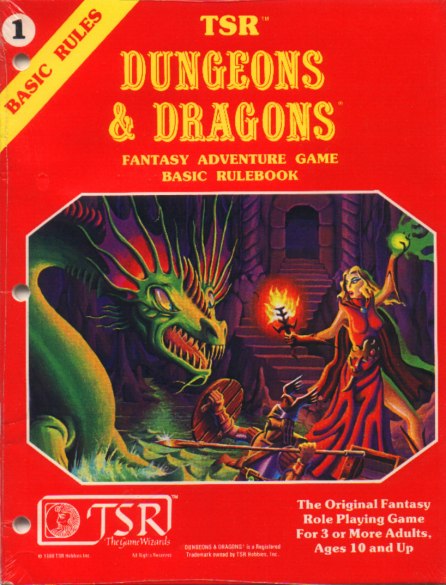Here is your easy solution

I like your system, but I think there are easier ways to handle it in more modern D&D systems- It's mostly on the DM side of the screen so players do not feel like they are "losing" anything AND players tend to like it better because they feel like badasses.
Get rid of cyclic initiative- nothing is more boring/makes combats drag as players tune out until their turn. Roll it each round on a d6 or d10, no modifiers, and then when it's your Players turns jump back and forth as the in game fiction dictates.
In 4E, I reduced monster hit points by 1/3 ish. sometimes half. 5E could use some whittling down for lower level threats. i.e,. Minions-1 or 2 hit minions- have the PCs roll damage and everything normally. But a hit or two takes 'em out. Goblins and Kobolds are 1 hit- Orcs, Hobs, Gnolls are 2. They usually are taken out in 1-2 hits by the Fighter anyway- why bother tracking HP at all and compensating for that 1 goblin that sticks around with 1 or 2 HP left.
Exploding damage dice- roll a 6 on that D6? roll again. This goes for monsters too.
This may be controversial for hardcore sim types- but if the PCs are having a dramatic battle, stakes are high, they are low on spells, HP, etc and the in game fiction and fun would be better served by the Fighter slicing clean through the throat of that Marilith on his successful attack rather than going through the motions of another round and whittling down those last 25 HP -I go with the dramatic ending- either I, or depending on the player, have them describe that final slice/cut/thrust. 180 HP, or 150 HP for the Marilith- who cares.
There are two things I absolutely hate hearing from my players- or having to tell my players
1) When the rules squash a great fiction/fun adventure moment- out the game goes. Ok, my Rogue draws his dagger, runs over to the table, jumps onto the chandelier, swings over and kicks a sea reaver with each leg. OK, but- you don't have enough movement and actions- you can pull your dagger, run to the table, and make an athletics check to get onto the table. Next round you can try to swing with an athletics check, but you don't have two attacks per round so at most you can kick one pirate. I had this situation in PF with my young players years ago and I could see the dejected look on this poor kid's face. I knew I could fudge it- but then knew one of the other kids would cry foul (rules lawyer in the making)- Bottom line-that was our last session of PF(BB) for anything other than a one shot here and there.
2) "Geez..this thing is still up? OK..." followed by a sigh and a rifle through their character sheet papers to see what they can do to end the thing here and now.
I like combats that are quick and flow and it's a constant OK, what do you do? What do you do? what do you do? Real life combat is chaos. So too should RPG combat be. Post TSR D&D games don't handle this very well unfortunately- long combats are just a symptom of "system depth", in the character combat options available to the players, the removal of one minute combat rounds and a strictly codified "action economy" defining exactly what your PC can/can't do in that 6 seconds.
In OD&D (or T&T or DW, or whatever) my example in #1 would easily have been taken care of in the round/on the PC's turn- as the game focuses on rulings and not rules, I would have let the rogue draw, run/jump/swing (with some kind of roll- maybe) and an attack roll- if the PC succeeded I would narrate the scene out, having the PC kick both reavers and knocking them back across the floor for a point or two of damage, or maybe knocking them out. Or if they failed, the PC might trip or roll across the table and fly into one of the reavers and end up prone on the ground. Or the chandelier chain breaks and they go flying past the reavers and crash into a table of burly Barbarians in the back , or...And whatever happened, I would consistently apply this type of ruling to action situations in the future. And it would have been a whole lot of fun whether the stunt worked, or the PC tripped, or the chandelier chain broke, or whatever and it would have taken about 10 seconds to adjudicate with the dice rolls- rules be damned.




